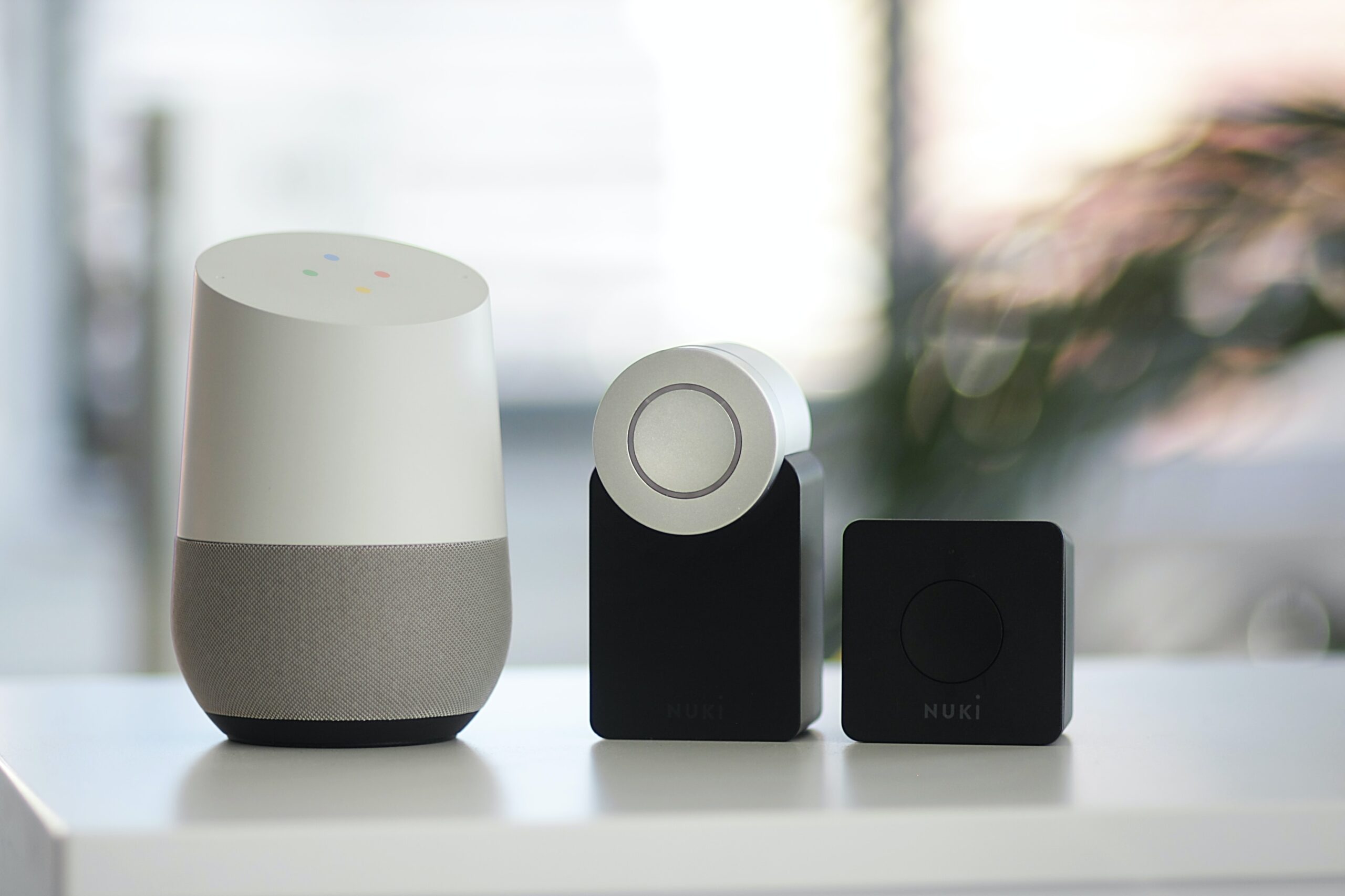You can easily transform the ambiance of your bedroom with the help of smart bulbs. By setting up personalized lighting scenes, you can create the perfect atmosphere to suit your mood and preferences. Whether you want a cozy and relaxing setting for unwinding after a long day or a bright and energizing environment for getting ready in the morning, smart bulbs allow you to customize the lighting to your liking. In this article, we will guide you through the simple steps to set up personalized lighting scenes with smart bulbs in your bedroom, helping you create a space that truly reflects your style and enhances your daily routines.
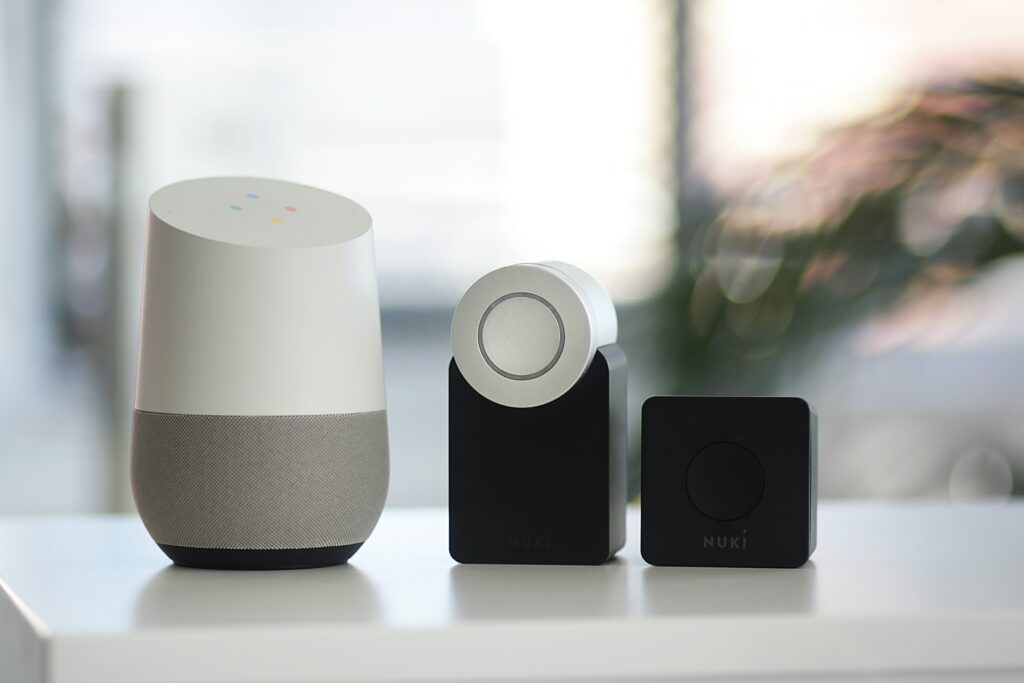
Choosing the Right Smart Bulbs
Understanding the Different Types of Smart Bulbs
When it comes to choosing smart bulbs for your bedroom, it’s important to understand the different types available on the market. There are primarily three types: Wi-Fi-enabled bulbs, Bluetooth-enabled bulbs, and Zigbee-enabled bulbs.
Wi-Fi-enabled bulbs are connected directly to your home’s Wi-Fi network and can be controlled through an app on your smartphone or other smart devices. These bulbs offer a wide range of features and are easy to set up, but they may require a strong and stable Wi-Fi connection.
Bluetooth-enabled bulbs, on the other hand, connect directly to your smartphone or device via Bluetooth. They are easy to set up and do not require an internet connection, making them a good option if you have a weak Wi-Fi signal or want to control your lights without relying on the internet. However, the range of Bluetooth bulbs may be limited.
Zigbee-enabled bulbs use a wireless communication protocol called Zigbee to connect to a hub or bridge, which then connects to your home network. This allows for a more stable and reliable connection, especially if you have a larger home with multiple smart devices. However, setting up a Zigbee network may require more technical knowledge.
Considering Compatibility with Your Existing Setup
Before purchasing smart bulbs, it’s important to consider compatibility with your existing setup. If you already have a smart home hub or a voice assistant like Amazon Alexa or Google Assistant, make sure the bulbs you choose are compatible with these devices. This will ensure seamless integration and ease of control.
Additionally, check if the smart bulbs are compatible with the operating system of your smartphone or device. Most smart bulbs are designed to work with both Android and iOS, but it’s always a good idea to double-check before making a purchase.
Evaluating Features and Functions
Smart bulbs come with a variety of features and functions, so it’s important to evaluate your needs and preferences before making a decision. Some common features to consider include:
- Dimming capabilities: If you prefer to have adjustable brightness levels in your bedroom, look for smart bulbs that offer dimming capabilities.
- Color options: If you want to create a personalized ambiance in your bedroom, consider smart bulbs that offer a wide range of colors. This allows you to choose different lighting scenes based on your mood or preference.
- Scheduling and automation: Look for bulbs that allow you to schedule when the lights turn on and off, creating a seamless and convenient experience.
- Energy efficiency: Consider bulbs that are energy-efficient and have a longer lifespan. This not only saves you money on energy bills but also reduces your environmental footprint.
Setting a Budget
Smart bulbs come in a range of prices, so it’s important to set a budget before starting your search. Consider how many bulbs you need for your bedroom and how much you’re willing to spend. Keep in mind that higher-priced bulbs may come with more advanced features and better build quality, but there are also budget-friendly options available that offer great functionality. It’s always a good idea to read reviews and compare prices to find the best smart bulbs that fit within your budget.
Preparing Your Bedroom Lighting Setup
Assessing Your Current Lighting
Before setting up your smart bulbs, it’s important to assess your current lighting setup. Take note of the types of fixtures you have, the placement of your lights, and the overall brightness of the room. This will help you determine how many smart bulbs you’ll need and how they can enhance your current setup.
Identifying the Mood and Ambiance You Want to Create
Think about the mood and ambiance you want to create in your bedroom. Do you want a soft and relaxing atmosphere for winding down at night? Or do you prefer bright and energizing lighting for getting ready in the morning? Identifying your desired mood and ambiance will guide you in choosing the right colors and brightness levels for your smart bulbs.
Determining the Ideal Placement of Smart Bulbs
Consider the ideal placement of your smart bulbs to achieve optimal lighting in your bedroom. Think about areas where you need the most light, such as near your bed for reading, or in the corners to create a warm and cozy feeling. Determine the number of bulbs you’ll need and their placement to ensure even and balanced lighting throughout the room.
Considering Additional Lighting Fixtures or Accessories
While smart bulbs can greatly enhance your bedroom’s lighting, you may also want to consider additional lighting fixtures or accessories to complement your setup. This could include bedside lamps, wall sconces, or even string lights. Adding these elements can enhance the overall ambiance and create a more personalized and cozy atmosphere in your room.
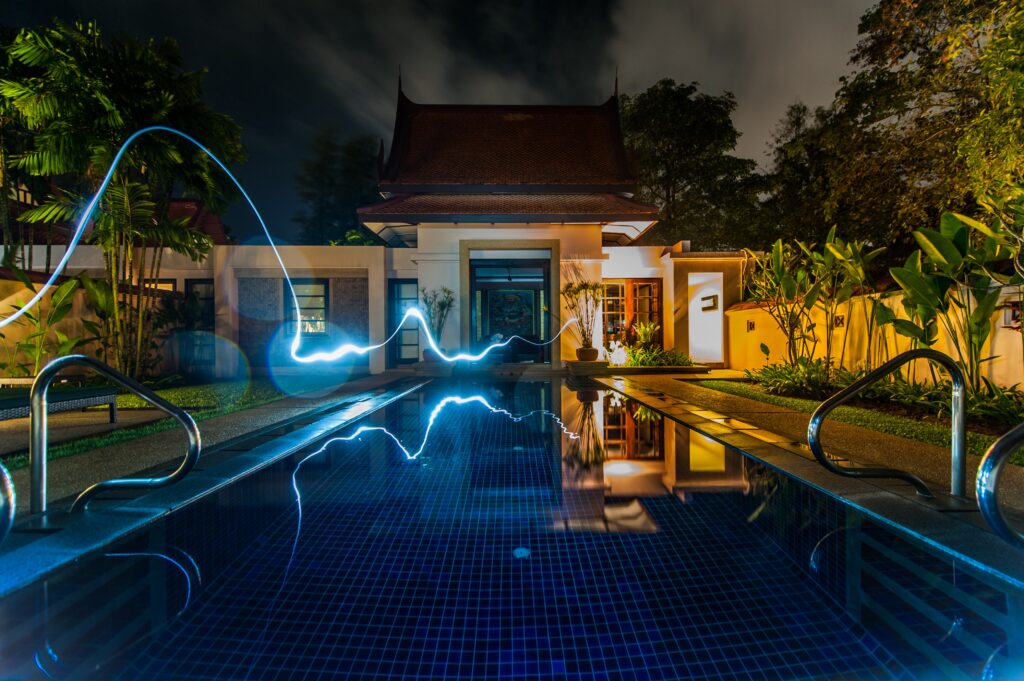
Installing and Setting Up Smart Bulbs
Gathering the Necessary Equipment
Before you begin installing your smart bulbs, gather all the necessary equipment. This may include a ladder or step stool if you need to reach high ceilings, a screwdriver for removing existing bulbs, and any additional accessories that may be included with the smart bulbs, such as a hub or bridge.
Screwing in and Connecting the Smart Bulbs
Start by turning off the power to the existing light fixtures and unscrewing the old bulbs. Replace them with the smart bulbs, making sure they are securely screwed in. Depending on the type of smart bulbs you have, you may need to refer to the specific instructions provided by the manufacturer for connecting them.
Downloading and Installing the Corresponding App
Most smart bulbs require a corresponding app to control them. Download the app onto your smartphone or device, following the instructions provided by the manufacturer. Make sure to create an account or sign in if necessary to ensure that the app is synced with your bulbs.
Establishing a Connection between the Bulbs and the App
Once you have the app downloaded and installed, follow the instructions to establish a connection between the smart bulbs and the app. This typically involves turning on the bulbs, putting them into pairing mode, and then using the app to scan for and connect to the bulbs. Once connected, you should be able to control the bulbs using the app’s interface.
Setting Up Basic Lighting Scenes
Exploring Predefined Lighting Scenes
Many smart bulb apps come with predefined lighting scenes that you can easily activate with a single tap. These scenes are specifically designed to create different moods or atmospheres in your bedroom. Take some time to explore and test out these scenes to find the ones that best suit your preferences.
Adjusting the Brightness and Color Temperature
To further customize your lighting, you can adjust the brightness and color temperature of the smart bulbs. Experiment with different brightness levels to find the perfect amount of light for different activities or times of day. You can also adjust the color temperature to create a warm, cozy glow or a cool, energizing light in your bedroom.
Scheduling Lighting Scenes
One of the advantages of smart bulbs is the ability to schedule lighting scenes. Set up a schedule that aligns with your daily routine or preferences. For example, you can have the lights gradually dim in the evening to signal wind-down time or gradually increase in the morning to gently wake you up. Scheduling lighting scenes ensures that your bedroom lighting is always in sync with your needs.
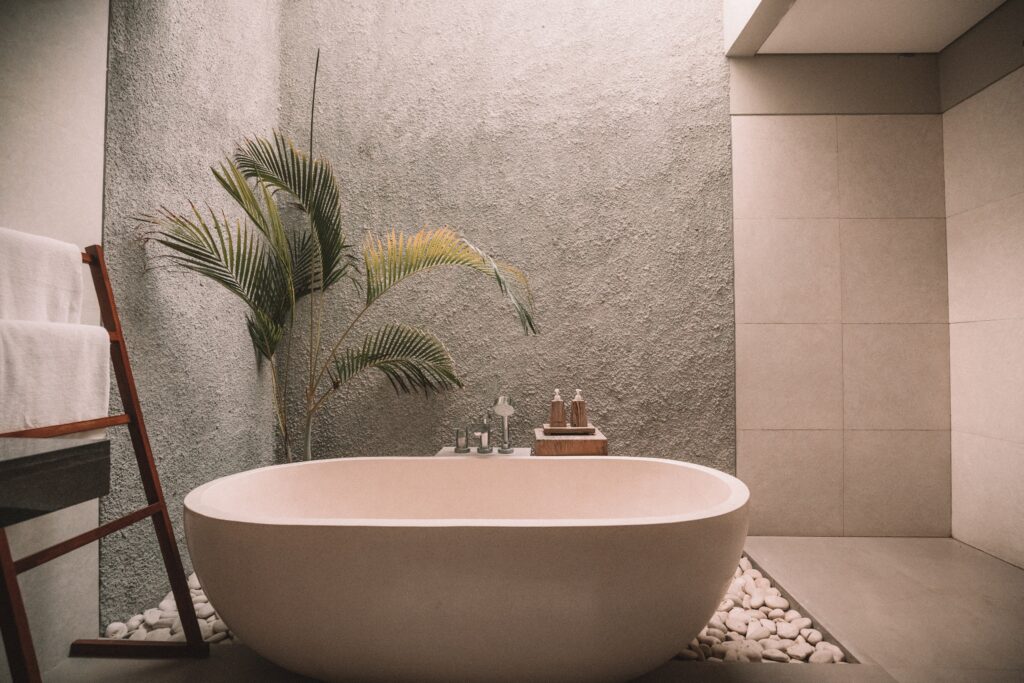
Creating Customized Lighting Scenes
Choosing Colors and Color Combinations
If you prefer a more customized lighting experience, you can choose specific colors and color combinations for your smart bulbs. Many smart bulb apps offer a color wheel or a range of preset colors to choose from. You can create scenes with your favorite colors or even experiment with different color combinations to set the perfect mood in your bedroom.
Configuring Different Brightness Levels
Customizable brightness levels allow you to fine-tune the lighting in your bedroom. Depending on the activity or time of day, you can adjust the brightness levels to suit your needs. Whether you need bright light for getting ready in the morning or soft, dim light for winding down at night, configuring different brightness levels gives you full control over your bedroom lighting.
Saving and Naming Customized Scenes
Once you’ve created your ideal customized lighting scenes, make sure to save and name them in your smart bulb app. This will allow you to easily activate them whenever you want, without having to manually adjust the colors and brightness levels each time. Saving and naming your scenes ensures that you can recreate your preferred lighting setup with just a few taps.
Syncing Lighting Scenes with Alarm and Sleep Schedule
Syncing Smart Bulbs with Alarm Clocks
Syncing your smart bulbs with your alarm clock allows for a seamless transition from sleep to wakefulness. Set up your alarm clock to trigger the smart bulbs to gradually increase the light intensity, simulating a gradual sunrise. This gentle awakening can help you start the day feeling refreshed and energized.
Gradually Increasing or Decreasing Light Intensity for Wake Up and Sleep
In addition to syncing with your alarm clock, you can also program your smart bulbs to gradually increase or decrease the light intensity based on your sleep schedule. This can help signal your body to wind down in the evening and prepare for sleep. By gradually decreasing the light intensity, you create a calming and relaxing atmosphere that promotes better sleep.
Creating a Relaxing and Calming Ambiance for Bedtime
Using your smart bulbs to create a relaxing and calming ambiance for bedtime can greatly contribute to a restful sleep. Set your smart bulbs to warm, dim lighting to create a cozy and peaceful atmosphere in your bedroom. This can help signal your body that it’s time to wind down and prepare for a good night’s sleep.
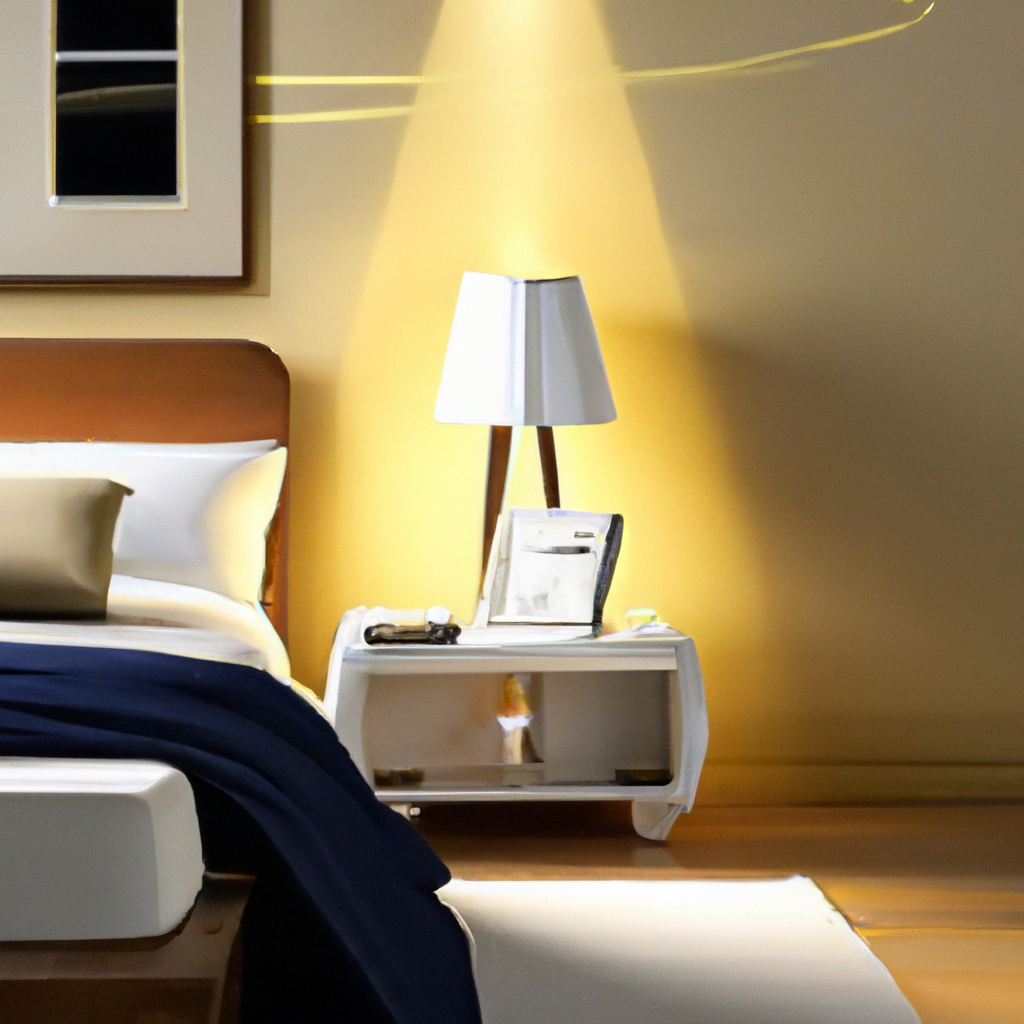
Exploring Additional Features and Integrations
Voice Control with Virtual Assistants
Take your smart bulb experience to the next level by integrating them with virtual assistants like Amazon Alexa or Google Assistant. This allows you to control your bedroom lighting with simple voice commands. Just say, “Hey, [Assistant], turn on the bedroom lights,” and watch as your smart bulbs respond to your every word.
Grouping and Controlling Multiple Bulbs Simultaneously
If you have multiple smart bulbs in your bedroom, grouping them together allows you to control them simultaneously. Create groups based on different areas of your bedroom or specific lighting scenes. This makes it easy to manage and adjust the lighting in your entire bedroom with just a single command or tap.
Syncing Lighting Scenes with Music or Movies
Enhance your entertainment experience by syncing your smart bulbs with music or movies. Many smart bulb apps offer integration with music streaming services or media players, allowing you to synchronize the lighting with your favorite songs or movies. Watch as your bedroom lighting dances to the beat or creates a cinematic ambiance, immersing you in the experience.
Connecting Smart Bulbs with Other Smart Home Devices
If you have other smart home devices, such as smart thermostats or smart locks, consider connecting your smart bulbs with them to create a unified smart home experience. For example, you can set up a routine that turns on the lights when you unlock your front door or have the lights automatically adjust based on the temperature in your bedroom. Integrating your smart bulbs with other devices adds convenience and enhances the overall functionality of your smart home.
Troubleshooting Common Issues
Bulbs Not Responding or Disconnecting
If your smart bulbs are not responding or frequently disconnecting, there are a few troubleshooting steps you can take. Firstly, check if the bulbs are properly screwed in and have a stable connection to the app. Ensure that you have a strong and stable Wi-Fi or Bluetooth signal. If the issue persists, try resetting the bulbs and reestablishing the connection following the manufacturer’s instructions.
App or Connectivity Issues
If you’re experiencing problems with the smart bulb app or connectivity, make sure you have the latest version of the app installed on your device. Check your internet connection and ensure you are connected to the appropriate network. If the issue persists, contact the manufacturer’s support for further assistance.
Adjusting Bulb Settings for Optimal Performance
To optimize the performance of your smart bulbs, explore the settings within the app. Check if there are any firmware updates available for the bulbs and make sure to install them. Adjust any settings related to brightness, color temperature, or automation to suit your preferences. Regularly updating the firmware and adjusting the bulb settings can help ensure optimal performance and a seamless user experience.
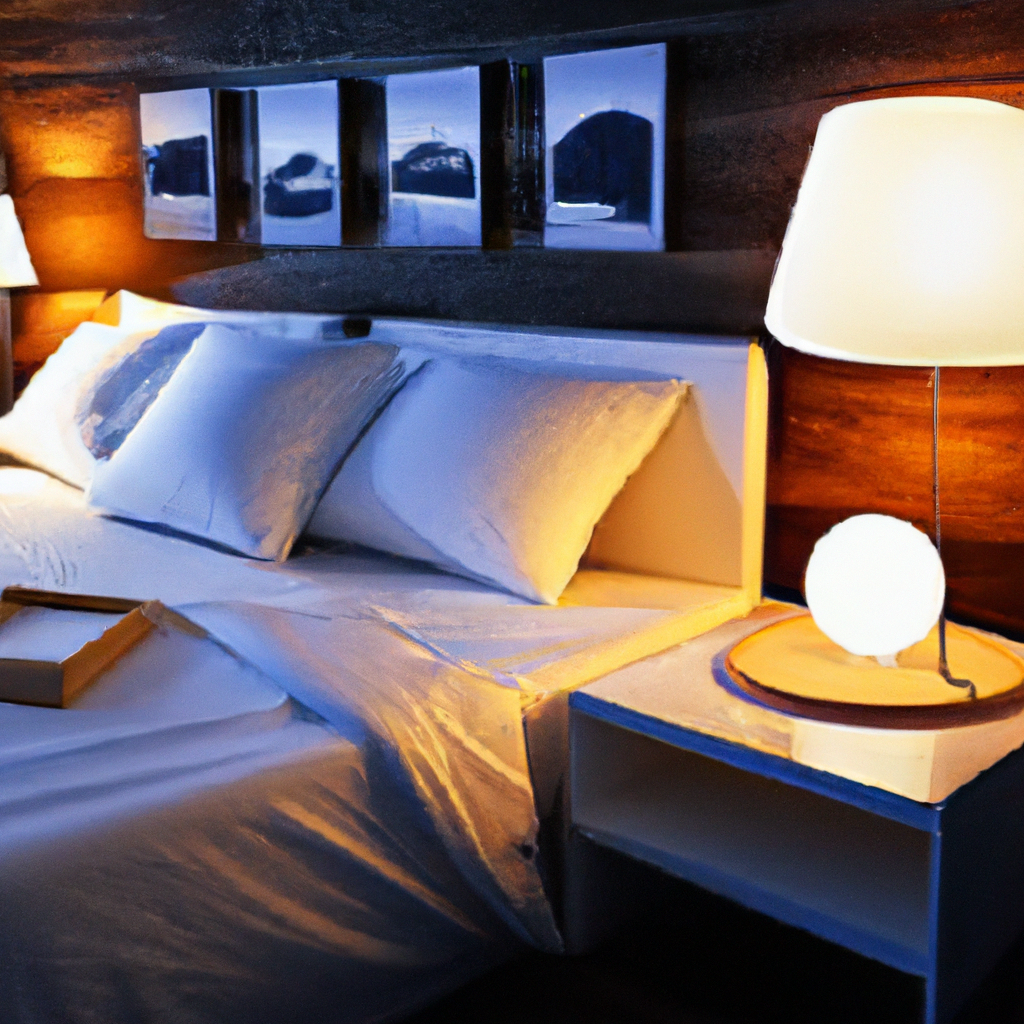
Experimenting with Advanced Features
Using Motion Sensors to Trigger Lighting Scenes
Maximize convenience and energy efficiency by utilizing motion sensors to trigger your lighting scenes. Install motion sensors in strategic areas of your bedroom and configure them to activate specific lighting scenes based on your movement. For example, as you enter the room, the lights can automatically turn on to a medium brightness level, and as you leave, they can gradually dim and eventually turn off.
Integrating Smart Bulbs with IFTTT
IFTTT (If This, Then That) is a powerful platform that allows you to create custom automation rules by connecting different devices and services. Integrate your smart bulbs with IFTTT to unleash a world of possibilities. You can create applets that change the color of your bulbs based on weather conditions, flash the lights when you receive a new notification, or even sync them with your favorite social media platforms.
Exploring Third-Party Apps and Plugins
In addition to the manufacturer’s app, there are often third-party apps and plugins available for smart bulbs. These applications provide additional features, customization options, and integrations that can enhance your smart bulb experience. Explore different apps and plugins to find ones that offer the functionality and features you desire.
Creating Dynamic and Changing Light Effects
Get creative and experiment with dynamic and changing light effects. Many smart bulb apps offer features such as “color flow” or “light show” that allow your bulbs to continuously cycle through different colors or effects. This can create a visually stunning and dynamic atmosphere in your bedroom, perfect for parties or special occasions.
Maintaining and Enhancing Your Personalized Lighting Setup
Updating Firmware and App
Regularly check for firmware updates for your smart bulbs and make sure to install them. These updates often include bug fixes, performance improvements, and new features. Additionally, keep your smart bulb app up to date by installing the latest version available. Updating the firmware and app ensures that you have access to the latest features and improvements.
Replacing Bulbs and Adding New Ones
Over time, bulbs may burn out or lose their efficiency. When this happens, it’s important to replace them with new ones that are compatible with your existing setup. If you want to expand your smart lighting system, you can also add new bulbs to different areas of your bedroom or even throughout your home. Just make sure they are compatible with your existing smart bulb system.
Exploring New Features and Updates
Stay up to date with the latest features and updates for your smart bulbs. Manufacturers often release new features or functionality through firmware updates or app updates. Take the time to explore these new features and see how they can enhance your personalized lighting setup. From improved automation options to new lighting scenes, keeping up with updates ensures that you continue to get the most out of your smart bulbs.
Sharing and Collaborating on Lighting Scenes with Others
If you have friends or family members who also have smart bulbs, consider sharing your lighting scenes with them or collaborating on new scenes together. Many smart bulb apps allow you to share or export your customized scenes, making it easy to transfer your settings to other devices. Sharing and collaborating on lighting scenes can be a fun way to exchange ideas and discover new ways to personalize your bedroom lighting.
